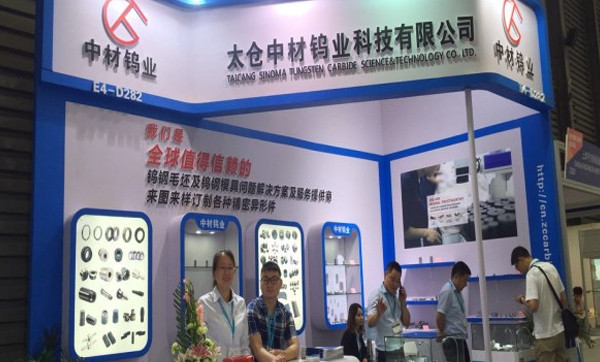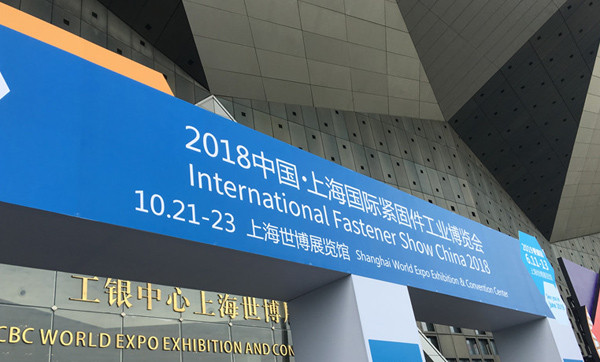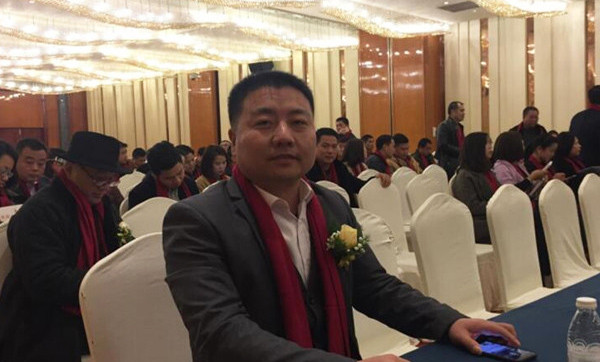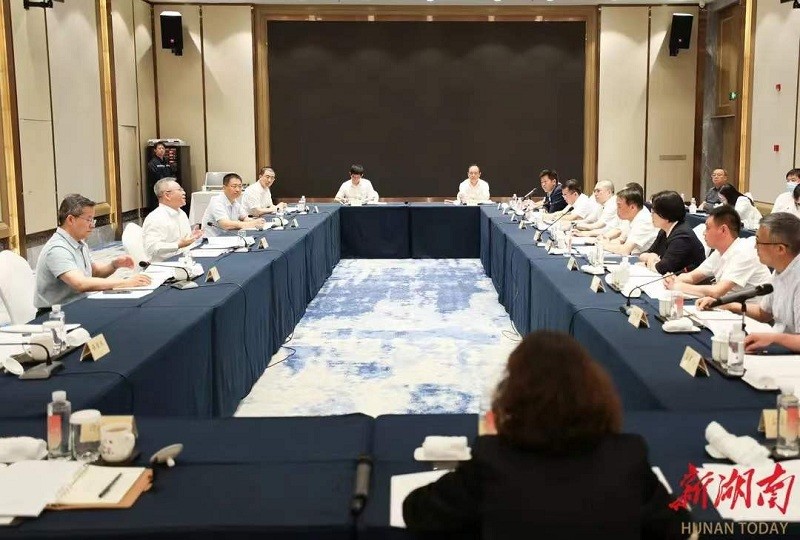Introduction
Tungsten carbide (WC) is a highly durable and wear-resistant material widely used in industrial applications, particularly in molds and dies for metal forming, cutting, and wear-resistant components. The performance of tungsten carbide products largely depends on their composition—specifically, the ratio of tungsten carbide to cobalt (Co) or other binder metals. Traditionally, manufacturers rely on standardized material ratios, but independently developing and optimizing these ratios can provide significant advantages in terms of performance, cost efficiency, and customization.
1. Enhanced Control Over Mechanical Properties
One of the primary advantages of independently developing material ratios is the ability to fine-tune mechanical properties such as hardness, toughness, and wear resistance.
Balancing Hardness and Toughness
- Tungsten carbide's hardness increases with higher WC content, but excessive hardness can lead to brittleness.
- By adjusting the cobalt content (typically ranging from 3% to 20%), manufacturers can optimize the balance between hardness and toughness.
- Independent development allows for precise adjustments based on application requirements (e.g., higher cobalt for impact resistance in stamping dies, lower cobalt for wear resistance in cutting tools).
Improved Wear Resistance and Fatigue Life
- Grain size distribution and carbide-to-binder ratio influence wear resistance.
- Custom ratios can reduce micro-cracking and extend tool life in high-stress environments.
2. Customization for Specific Applications
Different industries require tungsten carbide molds and dies with varying performance characteristics. Independent material ratio development enables manufacturers to tailor compositions for specific needs.
Metal Forming and Stamping Dies
- Higher cobalt (8-12%) improves shock resistance for heavy-duty forming.
- Fine-grained WC enhances surface finish in precision stamping.
Wire Drawing and Extrusion Dies
- Ultra-fine WC grains with 6-8% cobalt maximize wear resistance for prolonged die life.
- Additives like chromium (Cr) or vanadium (V) can further refine grain structure.
Cutting and Machining Tools
- High WC content (90-94%) with minimal binder ensures extreme hardness for cutting applications.
- Gradient structures (varying ratios in different layers) can be developed for specialized tools.
3. Cost Efficiency and Material Optimization
Standardized tungsten carbide grades may not always be the most cost-effective solution. Independent development allows manufacturers to:
Reduce Material Waste
- By optimizing ratios, excess cobalt or unnecessary additives can be minimized.
- Leaner formulations can achieve the same performance at lower material costs.
Extend Tool Lifespan
- Custom ratios reduce premature wear, lowering replacement frequency.
- Longer-lasting dies decrease downtime and maintenance costs.
Alternative Binder Systems
- Experimenting with nickel (Ni) or iron (Fe) binders can offer cost savings while maintaining performance.
- Recycled tungsten carbide powders can be incorporated without sacrificing quality.
4. Innovation and Competitive Advantage
Companies that invest in independent material development gain a technological edge.
Proprietary Formulations
- Unique WC-Co ratios can be patented, creating exclusive product lines.
- Custom solutions attract clients with specialized needs.
Adaptability to New Technologies
- Additive manufacturing (3D printing) of tungsten carbide requires precise material control.
- Independent development facilitates innovation in sintering techniques and nanostructured carbides.
5. Improved Quality Control and Consistency
Standardized materials may not always meet exact production requirements. Independent development ensures:
Batch-to-Batch Consistency
- Tight control over raw material purity and mixing processes.
- Reduced variability in final product performance.
Defect Minimization
- Optimized sintering conditions based on custom ratios prevent porosity and cracking.
- Enhanced microstructure analysis leads to higher reliability.
6. Environmental and Sustainability Benefits
Independent material development supports sustainable manufacturing practices.
Reduced Cobalt Dependency
- Cobalt is expensive and has supply chain concerns; optimizing ratios minimizes its use.
- Alternative binders (Ni, Fe) can be explored for eco-friendly solutions.
Recycling and Reuse
- Custom formulations can integrate recycled WC powders without performance loss.
- Less material waste contributes to a circular economy.
Conclusion
Independently developing material ratios in tungsten carbide mold and die production offers numerous advantages, including enhanced mechanical properties, application-specific customization, cost efficiency, and innovation potential. By moving beyond standardized compositions, manufacturers can optimize performance, extend tool life, and gain a competitive edge in the market.
As industrial demands evolve, the ability to fine-tune tungsten carbide formulations will become increasingly critical. Companies that invest in material science research and proprietary ratio development will lead the industry in durability, precision, and sustainability.
We always adhere to the principle of providing customers with high-quality products and excellent services, and insist on independent research and development of material ratios.




